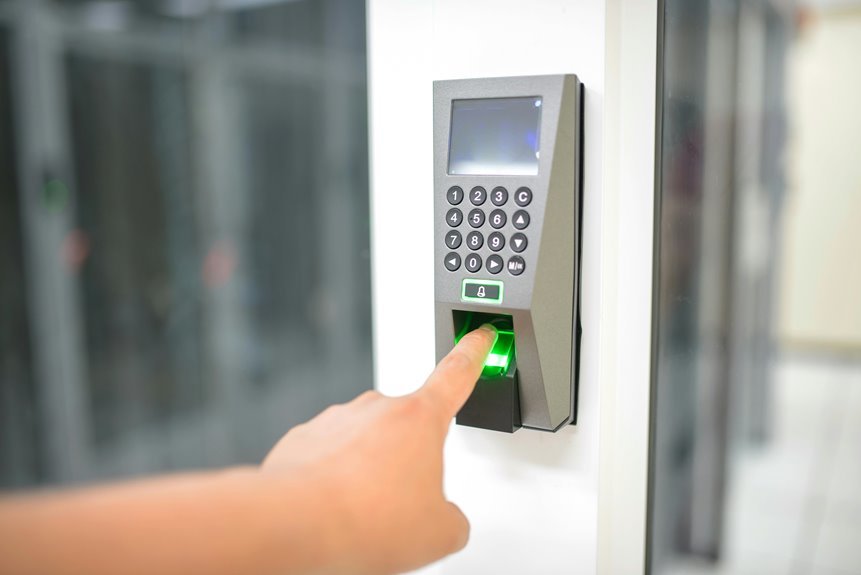The Device Authentication Key 1246808035 is crucial for establishing secure communications in network environments. It acts as a unique identifier that verifies device authenticity, thereby preventing unauthorized access. Understanding its mechanisms is essential for organizations aiming to protect sensitive information. By examining the implications of this key, one can uncover the broader impact on cybersecurity strategies and the necessary steps for effective implementation.
Understanding Device Authentication Keys
Device authentication keys serve as critical elements in the realm of cybersecurity, ensuring that devices communicate securely within a network.
Key generation methods establish unique identifiers, which are pivotal in implementing robust security protocols. These keys facilitate encrypted exchanges, preventing unauthorized access and data breaches.
The Role of the Device Authentication Key 1246808035
The significance of the device authentication key 1246808035 lies in its ability to establish trust within digital communications.
This key ensures device integrity by verifying the authenticity of devices before granting access to networks.
Effective key management practices are essential for maintaining security, allowing users to engage freely while safeguarding sensitive information from unauthorized access and potential breaches.
Benefits of Implementing Device Authentication
Implementing device authentication offers numerous advantages that enhance overall security and operational efficiency in network environments.
Key benefits include robust user verification processes, which prevent unauthorized access and ensure that only legitimate devices connect to the network.
Furthermore, these security measures mitigate potential vulnerabilities, thereby reducing the risk of data breaches and fostering a more secure and trustworthy digital ecosystem.
Best Practices for Ensuring Device Security
While various methods exist to enhance device security, adhering to best practices is crucial for maintaining a resilient network environment.
Implementing secure coding techniques minimizes vulnerabilities in software, while robust network encryption safeguards data in transit.
Regular updates and patch management further fortify defenses.
Together, these strategies foster an adaptive security posture, empowering users to navigate their digital landscape with confidence and freedom.
Conclusion
In the realm of digital communication, the Device Authentication Key 1246808035 stands as a vigilant gatekeeper, akin to a seasoned sentry guarding a castle’s entrance. By fortifying the defenses of networks with this key, organizations can weave a tapestry of trust and security, effectively repelling the shadows of unauthorized access. Adhering to best practices in key management transforms this key into a beacon of reliability, illuminating the path toward a secure and resilient digital ecosystem, safeguarding against lurking threats.

Leave a Reply